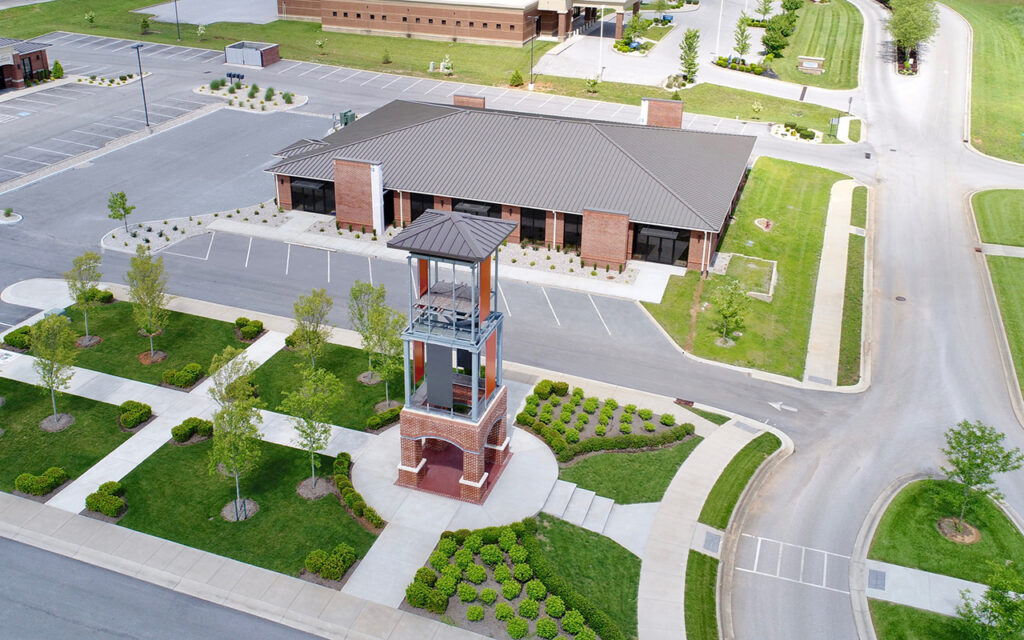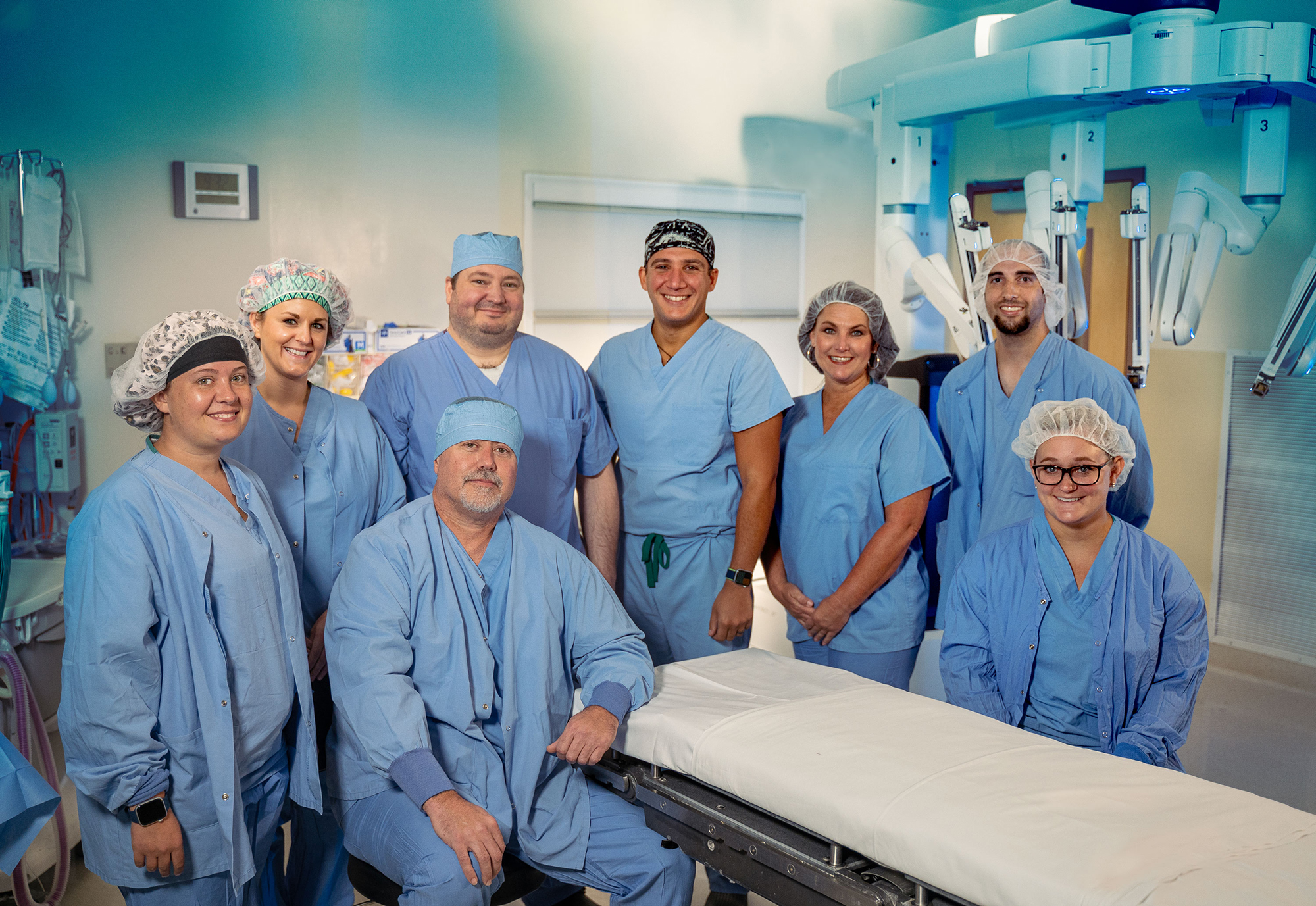Recent investments in equipment, facilities make Somerset-Pulaski County a leader in Kentucky for specialty medical services
Editor’s note: The Lane Report featured the below story about Somerset-Pulaski County’s healthcare industry in the May 26 edition of its Faster Lane e-newsletter.
Despite the challenges the COVID-19 pandemic brought to health care facilities across the state, Somerset and Pulaski County’s hospital and physician practices have charged forward with significant investments to ensure patients in this region continue to receive an unsurpassed level of medical care.
A thriving healthcare system is essential to a thriving local economy, a connection that is strong in Somerset-Pulaski County, said Chris Girdler, Somerset-Pulaski County Economic Development Authority (SPEDA) President and CEO.
“The healthcare industry plays an important role in the overall quality of life of our residents, and quality of life is vital to successful economic development. This is at the core of SPEDA’s mission,” Girdler said. “We are so grateful to have community partners like Lake Cumberland Regional Hospital, MedPark West, and so many other physician practices and groups that offer exceptional medical care to our nearly 70,000 residents and beyond.”
Lake Cumberland Regional Hospital (LCRH), a 295-bed acute care facility with more than 40 physician specialties and nearly 1,200 on staff, has invested more than $6 million in the past year to enhance cardiac care and provide minimally invasive robotic surgery. Lake Cumberland Regional serves an 11-county region in south-central Kentucky, including Pulaski, Russell, Adair, Wayne, McCreary, Casey, Clinton, Lincoln, Clay and Cumberland counties.
The most recent enhancement is a renovation of the hospital’s cardiac cath lab, a $2 million investment that allowed for structural upgrades to the physical room, as well as the purchase of new equipment with upgraded technology. This technology comes with enhanced imaging capability, allowing physicians the ability to diagnose and treat cardiovascular disease more quickly and efficiently than before while decreasing radiation exposure for patients and those providing care.
The cath lab is one of three that has been renovated at Lake Cumberland since 2010 and continues to place the hospital at the center of quality heart care in the Pulaski County region. Lake Cumberland’s three cath labs treat about 3,900 patients annually and enable a range of interventional procedures such as pacemaker and defibrillator implants, removal of blood clots in the lungs and treatment of heart blockages with angioplasty and/or stent insertion.
In 2020 during the height of the pandemic, LCRH invested $4 million in a surgical robot and 3D spinal surgery robotic technology.
The surgical robot, located tableside in the operating room, allows a surgeon’s hand movements to be scaled, filtered, and translated into precise movements of micro-instruments at the surgical site. The magnified, high-resolution, three-dimensional view the surgeon experiences enables him/her to perform precise and complex surgery through very small surgical incisions.
LCRH onboarded a new robotically trained general surgeon specifically for Da Vinci robot procedures and to join a staff physician already robotically trained.
The spinal surgery technology platform combines pre-operative planning tools, analytics, and 3D navigation, giving Lake Cumberland neurosurgeons greater accuracy during spinal surgeries.
In a recent video about Somerset-Pulaski County’s health care industry, LCRH CEO Robert Parker shared with SPEDA the hospital’s commitment to the highest quality of service and the importance of that commitment to the community.
“We will never stop trying and striving to achieve that goal,” Parker said. “We know that healthcare is a journey, and we know that it is a very personal decision, healthcare is local in nature, and we want to make sure that if someone is looking at our community, that they can rest assured that Lake Cumberland Regional Hospital will be a great partner in providing that level of care.”

MedPark West, located a few hundred yards behind the hospital, is currently home to 19 offices and medical practices — drawing more than 300 employees and nearly 2,000 visitors to the park each day. The hospital’s new imaging center facility is located inside the park, in addition to a surgery center, physical therapy facility and a new Veterans’ Administration Clinic.
In addition to making the park a mixed-use facility, improving visitors’ quality of life by adding financial services and local food options, MedPark West owners are planning to add a pharmacy and durable medical equipment service to the growing park.
“From a community standpoint as well as an economical standpoint, I think healthcare serves best when you have a regional hospital that’s robust,” said MedPark owner Dr. Brent Cherry. “But you also have to have physician practices that are thriving and stable. I think if you have both of those things, great things will happen.”
SPEDA serves as an umbrella for workforce development, tourism, entrepreneurship and industrial recruitment with the goal of elevating the function and visibility of economic development in the community. To learn more about this effort, visit somersetkyleads.com.

